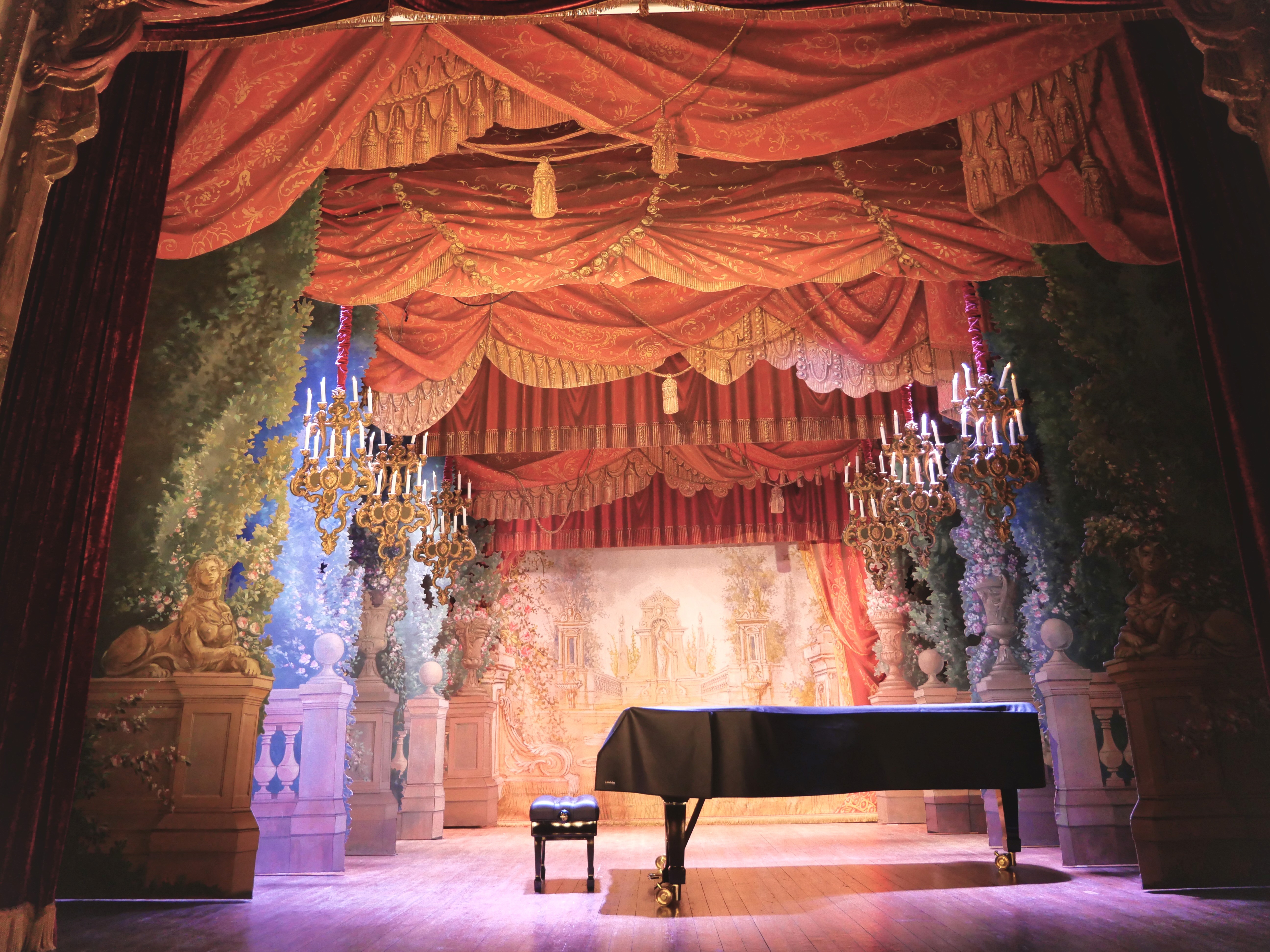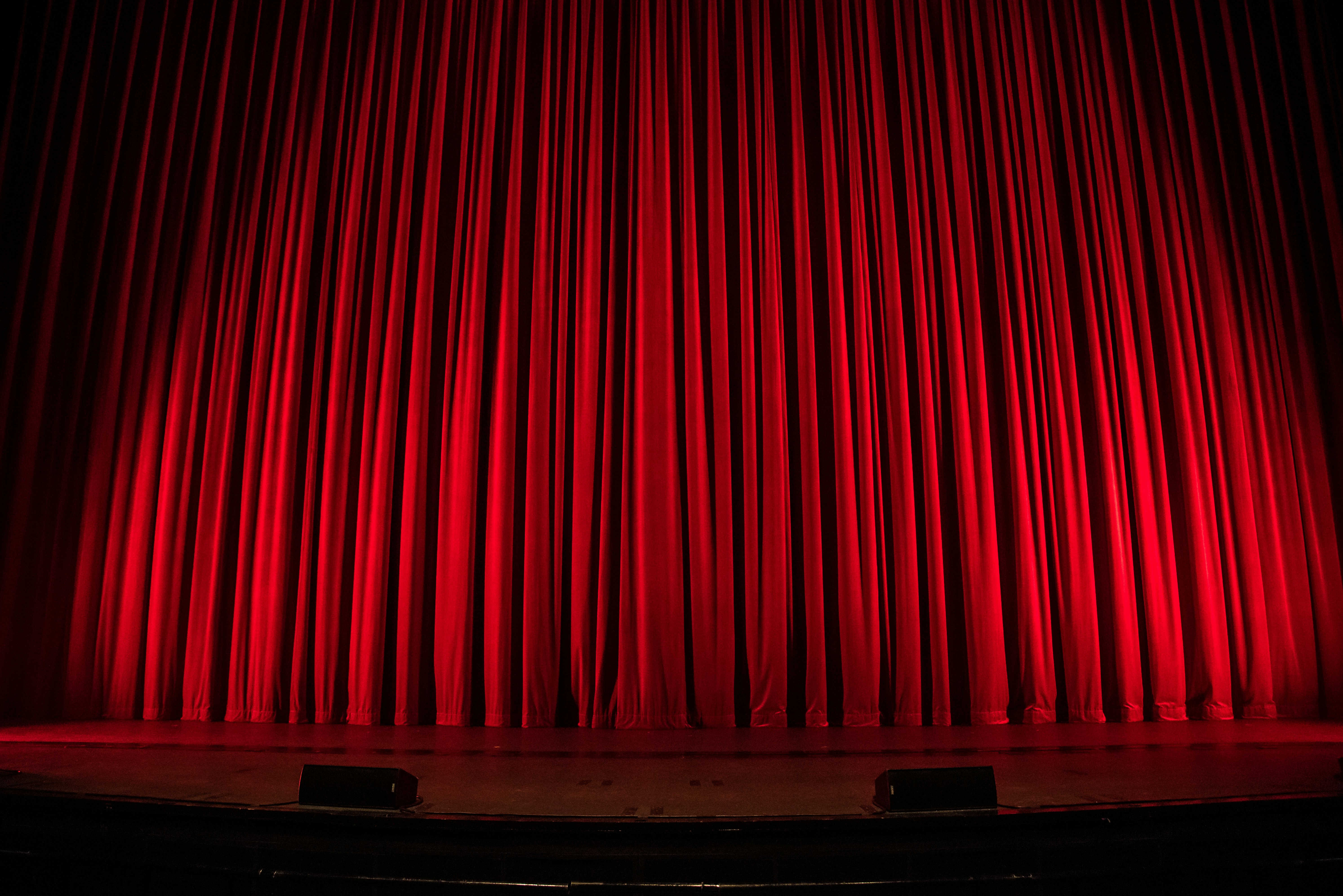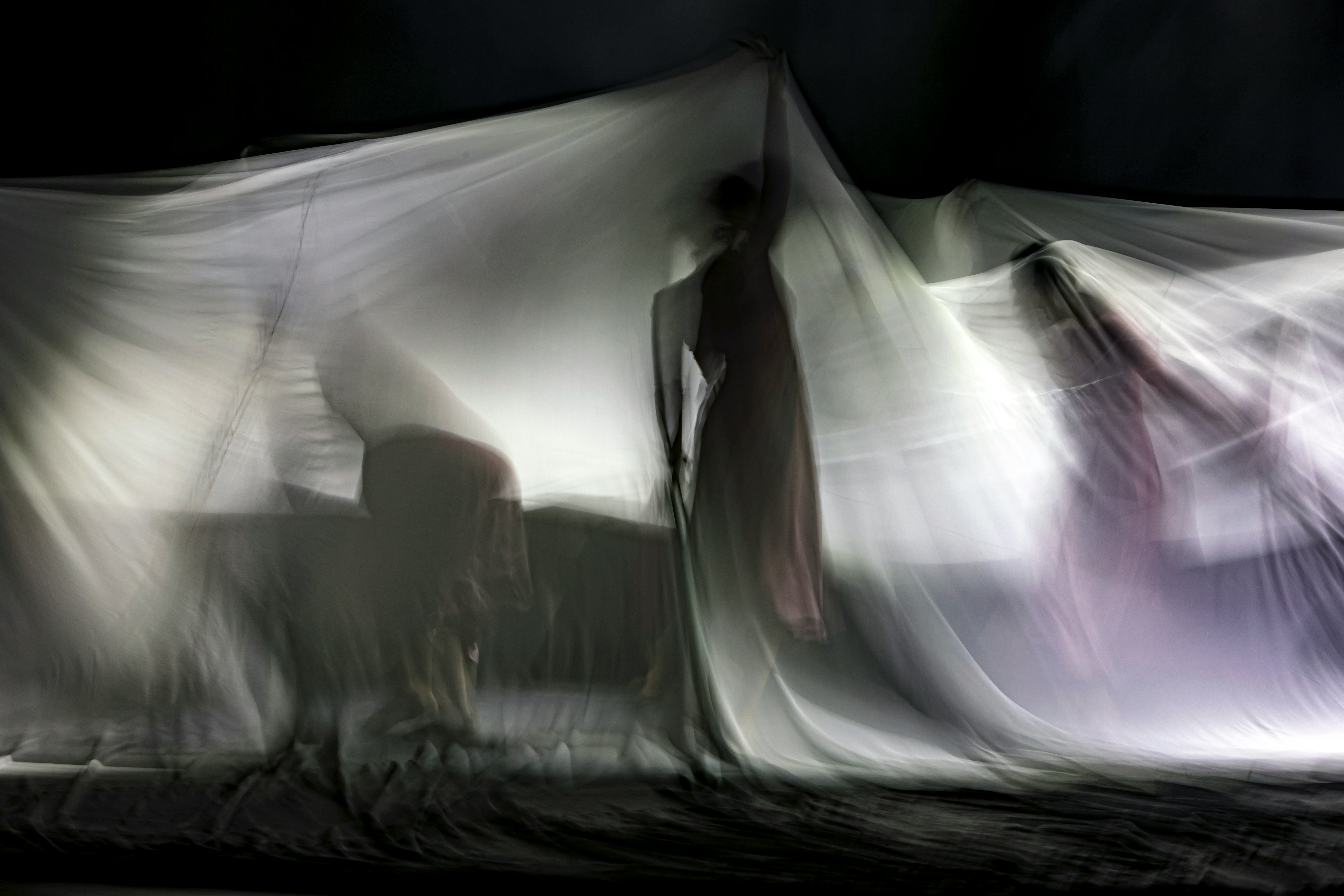Jack
Definition:
In theatre, a "jack" is a brace used to support scenery from behind. It is essential for stabilizing flats, backdrops, and other set pieces, ensuring they remain upright and secure during a performance.
Detailed Explanation:
A jack is a triangular or A-frame structure made from wood, metal, or other sturdy materials. It is placed behind flats or other scenic elements to provide support and stability. By bracing these elements from behind, jacks prevent them from toppling over or moving unexpectedly, which is crucial for maintaining the safety and integrity of the set.
Jacks are typically attached to the back of the scenery at the top and bottom, with the base of the jack resting on the stage floor. They can be secured with weights, screws, or other fasteners to ensure they remain in place. The design of a jack allows it to provide strong lateral support while being relatively unobtrusive and easy to conceal from the audience’s view.
Key Elements of a Jack:
Triangular Structure:
The jack’s triangular shape provides strong support and stability, distributing the weight of the scenery evenly.
Material:
Jacks are usually made from wood, metal, or a combination of materials that offer strength and durability.
Attachment Points:
The points where the jack connects to the scenery and the stage floor are critical for securing the structure and preventing movement.
Advantages of Using Jacks:
Stability:
Jacks provide essential support, ensuring that scenic elements remain upright and secure throughout the performance.
Versatility:
They can be used with various types of scenery, including flats, backdrops, and larger set pieces, making them a versatile tool in stagecraft.
Safety:
Proper use of jacks helps prevent accidents and injuries by stabilizing potentially hazardous scenic elements.
Challenges of Using Jacks:
Visibility:
Although designed to be unobtrusive, jacks must be carefully positioned and sometimes concealed to avoid being seen by the audience.
Set-Up Time:
Attaching and securing jacks can be time-consuming, requiring careful planning and execution.
Weight and Size:
The size and weight of the jacks must be adequate to support the scenery, which can sometimes be cumbersome to handle and store.
Uses in Performance:
Supporting Flats:
Jacks are commonly used to brace flats, which are large, flat pieces of scenery used to create walls and other vertical surfaces.
Securing Backdrops:
Large backdrops and painted canvases can be stabilized using jacks to ensure they hang correctly and remain in place.
Stabilizing Set Pieces:
Various other set pieces, such as doors, windows, and architectural elements, can be supported with jacks to maintain their position and stability.
Design Considerations:
When designing and using jacks, several factors must be considered to ensure they provide effective support:
Material Strength:
Choose materials that are strong enough to support the weight and size of the scenery.
Attachment Methods:
Securely attach jacks to both the scenery and the stage floor to prevent movement and ensure stability.
Concealment:
Position jacks in a way that minimizes their visibility to the audience, or use scenic elements to hide them.
Conclusion:
Jacks are essential tools in theatrical stagecraft, providing critical support and stability for scenery and set pieces. By using jacks, set designers and stagehands can ensure that flats, backdrops, and other elements remain upright and secure during performances, enhancing both safety and visual integrity. Despite challenges related to visibility, set-up time, and handling, the benefits of stability, versatility, and safety make jacks indispensable in theatre production. With careful design, proper attachment, and thoughtful positioning, jacks can significantly contribute to the successful execution of any theatrical set.


